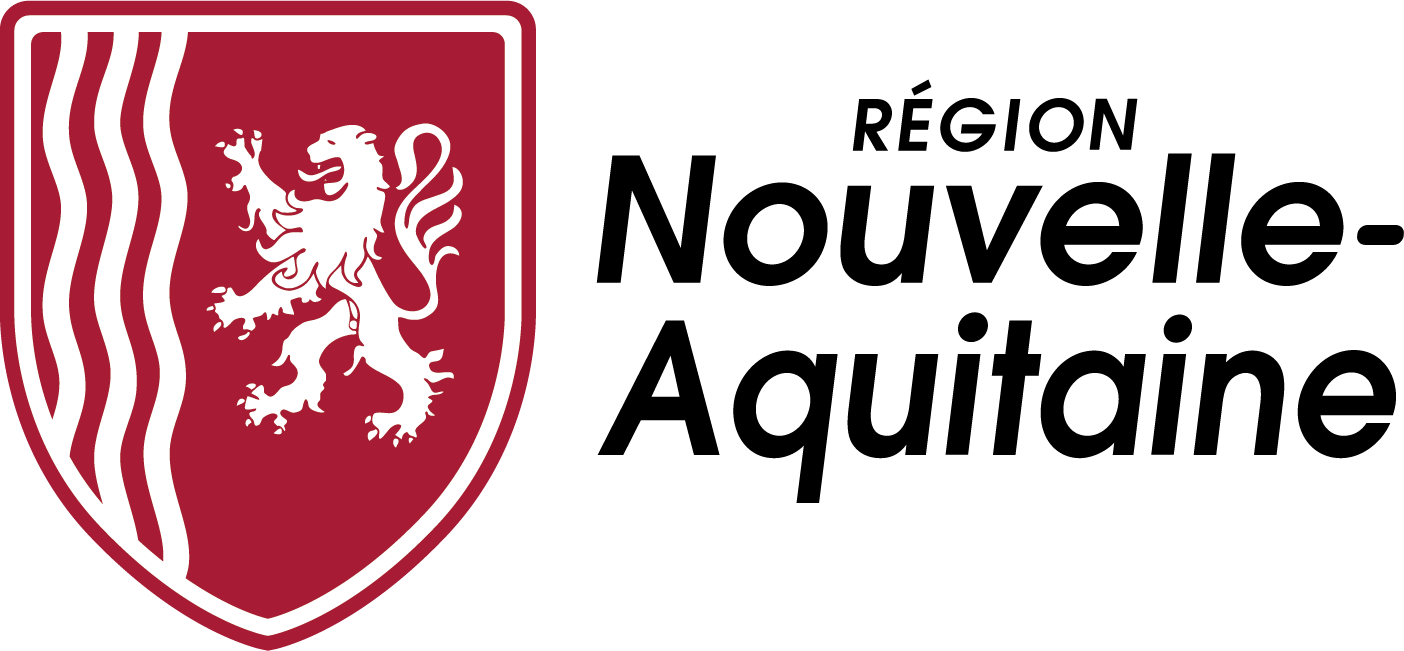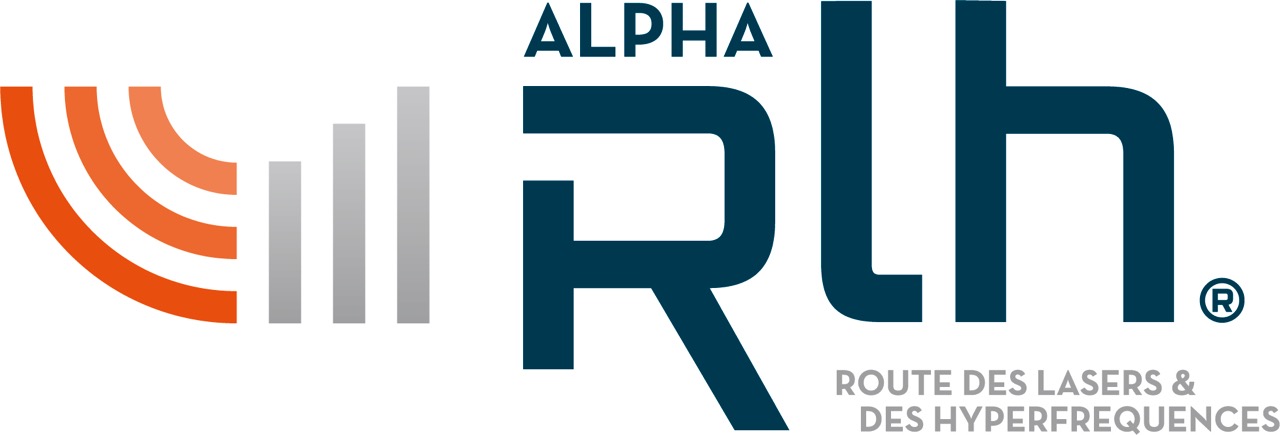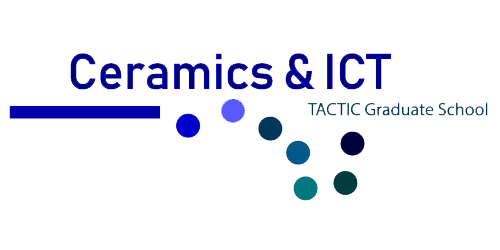You are here
WP5: POWER AMPLIFIERS
Energy efficiency of transceivers is mainly dominated by the power amplifier performances. Thus there is a continuous effort over the world to improve the RF power amplifiers efficiency. However this goal must be achieved under two constraints which are the maximum available bandwidth and the maximum linearity; this latter constraint being mandatory for telecommunication systems. Since many years power amplifier design solutions based on harmonic manipulation have been widely investigated to reach high efficiency performances ranging from 60-80% at the lower end of the spectrum to less than 20% in Ka Band.
Input/output voltage and current waveform engineering is now commonly adopted to define circuit design rules. Application to a two stage 10W S-Band GaN power amplifier has been reported in [36]. More complex power amplifier architectures including for example adaptive bias modulation techniques are being investigated to target RF power flexibility capabilities. More recently attempts have been made to go towards full digital solutions like class-S solutions, but it is not still clear where to put the boundary between analogue and digital parts of the PA. XLIM labs have a strong activity in this domain and are working both on ET techniques and optimization techniques for minimizing the energy consuming while maintaining a high throughput. Indeed when used in communication link, power amplifiers must operate in optimal conditions so that a minimal DC consumption is achieved for a specified Signal to Noise ratio of the whole link. This implies to target criteria such as C/N+I versus Pdc/N as reported in. N is the thermal noise of the receiver, C is the useful RF power , Pdc the DC consumption and I is the sum of intermodulation noise and spurious.
PhD positions open










 UMR CNRS n°7252
UMR CNRS n°7252